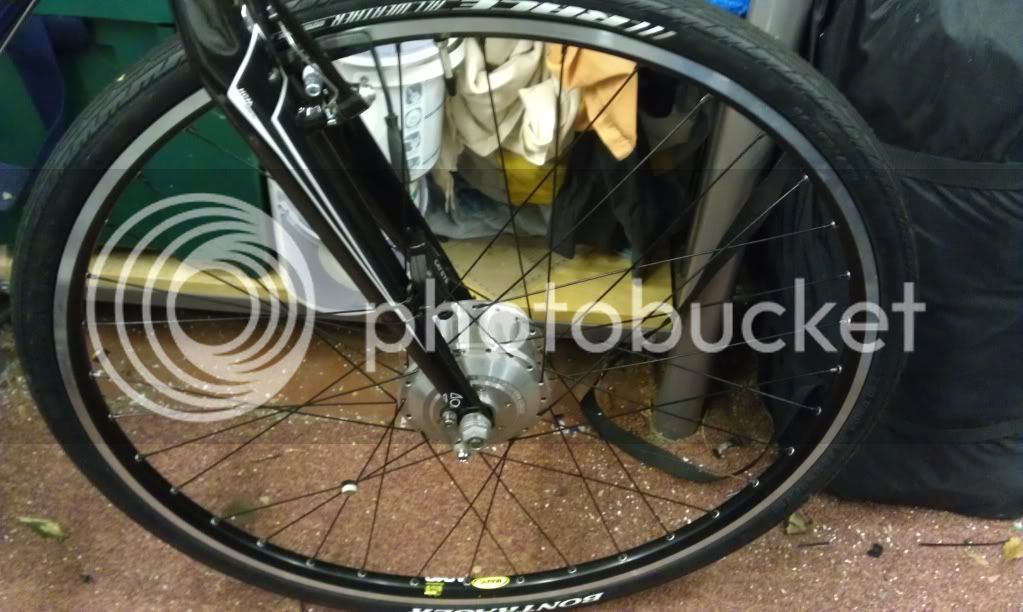superdave
10 mW
- Joined
- Apr 1, 2010
- Messages
- 28
Dudeofdoom said:I seriously love carbon fibre & Ti as a material but I'm not sure they are the greatest of things to stick between your legs.
Old fashioned steel/ali's more forgiving and forewarning....better a creak than a crack.
But an alloy space frame structure with carbon cladding wud be nice 8)
DoD
Ti is actually a far better frame material (from a failure standpoint) than heat treated Al. Ti's properties (especially when it comes to fatigue) are similar to steel but with a higher tensile strength and lower density.




